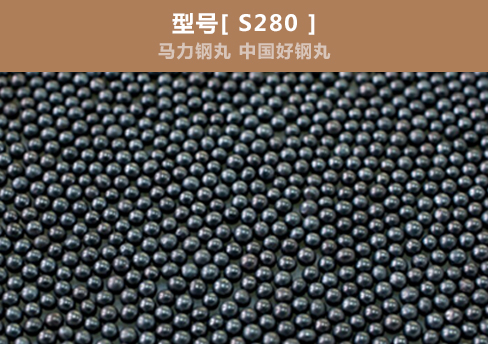027-84841595
400-038-8928
1、 Definition of abrasive
Under the push of compressed air, water flow or polishing head and with a certain speed, the granular materials that can clean, cut, abrade, wash or change the surface state of the workpiece are called abrasives. Abrasives are made of natural, artificial and industrial by-products.

2、 Abrasive type
Before selecting abrasives, it is necessary to fully understand the objects to be cleaned, such as the original state of steel surface, the corrosion environment of steel components, coating matching scheme and requirements for roughness, sandblasting equipment and conditions of coating subcontractors, etc.
The abrasives suitable for outdoor open sandblasting are quartz sand, copper slag, etc. In the portable weld sandblasting machine, brown corundum can be used circularly.
Quartz sand is the most commonly used non-metallic abrasive, disposable. Although the surface is bright, the free silicon produced in the process of spraying quartz sand not only pollutes the environment, but also makes the operators suffer from silicosis and other occupational diseases.
According to the national standard GB 7691-2003 general principles for safety management, it is forbidden to use quartz sand with free silica content more than 80% for dry sand blasting. Copper slag is a kind of non-metallic abrasive commonly used in shipyards and steel structure factories. Because of the high hardness and brittleness of the abrasive, some of them will be embedded in the metal matrix when impacting the surface of the steel workpiece, which is difficult to clean up, forming the corrosion core and affecting the quality of the coating. Quartz sand and copper slag are disposable abrasives, which can not be recycled, so the cost is high. Another kind of abrasives is metal abrasives, which are used in steel plate (or section steel) pretreatment line and recycling sandblasting room of shipyard, container factory and steel structure factory. The main metal abrasives in China are steel sand, steel shot and steel wire cutting section.

3、 Abrasive particle shape
If the surface of the workpiece is cut vertically after sand blasting and derusting, a continuous curve is observed under the magnifying glass. It is composed of numerous end-to-end troughs and crests, which is called roughness contour curve.
4、 Particle size of abrasive
Sand blasting process is actually a process in which abrasive particles constantly hit the cleaned surface. From the kinetic energy formula:
E= MV2
It can be seen from the formula that the abrasive particle size determines the blasting efficiency and roughness. If the abrasive particles are large, the kinetic energy will be large, which can produce a large surface roughness, but the particle number / mass ratio is small, that is to say, under the same quality condition, the particle number is small, the cleaning coverage rate is low, and the cleaning efficiency is not high. On the contrary, small abrasive particles have small kinetic energy, small roughness value, large particle number / mass ratio, high coverage and high cleaning efficiency.
5、 Hardness of abrasive
The hardness of abrasive is one of the main factors affecting the surface roughness. The higher the abrasive hardness is, the rougher the abrasive is. The cleaning function is also fast, but the service life is short and the consumption is large. For steel abrasives, the appropriate hardness is HRC 40-50. In addition, the harder the abrasives are, the greater the wear of the sandblasting or shot blasting equipment will be.
The above content is reproduced in "anticorrosive coating and coating" collected by Mr. Li Minfeng
Last article:nothing
Next article:Quality control and follow-up investigation of standard paint construction of Zhenluo first class highway in Ningbo
Contacts:Manager Chen
Tel:027-84841595
Mobile phone:13016427928
Fax:027-84841595
Address:602, unit 6, building 123, Riyueshan mountain, panlongcheng, Huangpi District, Wuhan City, Hubei Province

Hotline
027-84841595
400-038-8928